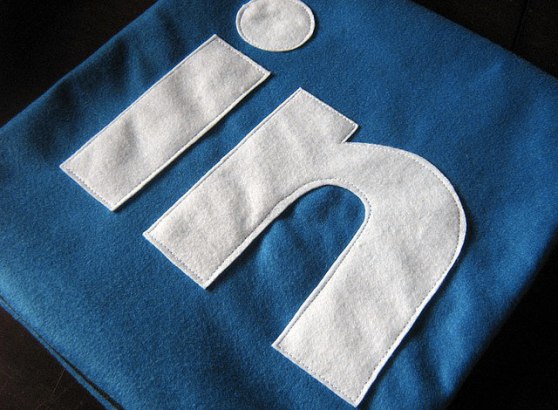In the wake of this summer’s National Security Agency (NSA) public relations debacle surrounding Edward Snowden revealing operational details of mass surveillance, the American public is quite wary of how, and with whom, their private information is shared.
Following last week’s LinkedIn Intro announcement, security and technology researchers have responded with skepticism and criticism regarding the technology which allows for e-mail account synchronization with LinkedIn profiles in order to tell the recipient more (or less) about the sender. In short, the application allows for a sort of LinkedIn verification, showing mutual connections and other information about the sender with the goal of becoming a more personal, less spam-like exchange.
Security and tech researchers’ main point of contention was the manner of which the content is accessed and distributed – via an additional server, that of LinkedIn. As many media outlets have pointed out, this extra step leaves an uncertain amount of vulnerability.
How did LinkedIn respond? Quickly and transparently. It would have been easy to have PR representatives issue three sentence statements, cookie cutter crisis communications bytes about company security and denying any possibility of a major information leak. Instead, the company issued a blog post from a Senior Manager within the LinkedIn Information Security department titled, “The Facts About LinkedIn Intro.” This content addressed “specific action taken in advance of the launch,” and delved into tech specifics, security consultants hired to review the app, and provided links to documents containing more privacy information. Equally important, they addressed a specific blog post from a security firm as factually incorrect. The Senior Manager ends his post by offering open dialogue regarding privacy questions surrounding LinkedIn Intro.
While the jury is still out on the security features of LinkedIn’s new app, their open communication during a time of potential crises must be lauded. Their PR effort centered around a real statement, from a real person with real contact information, and nothing to hide behind. If only all companies responded so efficiently and transparently.
Employee Advocacy: Using Your Team to Build Brand Reputation on Social Media
Social media has reshaped how organizations communicate with their audiences, creating...
The New Era Of Press Releases: Multimedia, SEO, And Social Media Integration
Press releases remain a cornerstone of public relations, but their format and distribution have...
Social Media-Driven PR: Building Brand Success Across Digital Platforms
Social media has fundamentally changed how brands connect with their audiences, shifting public...




